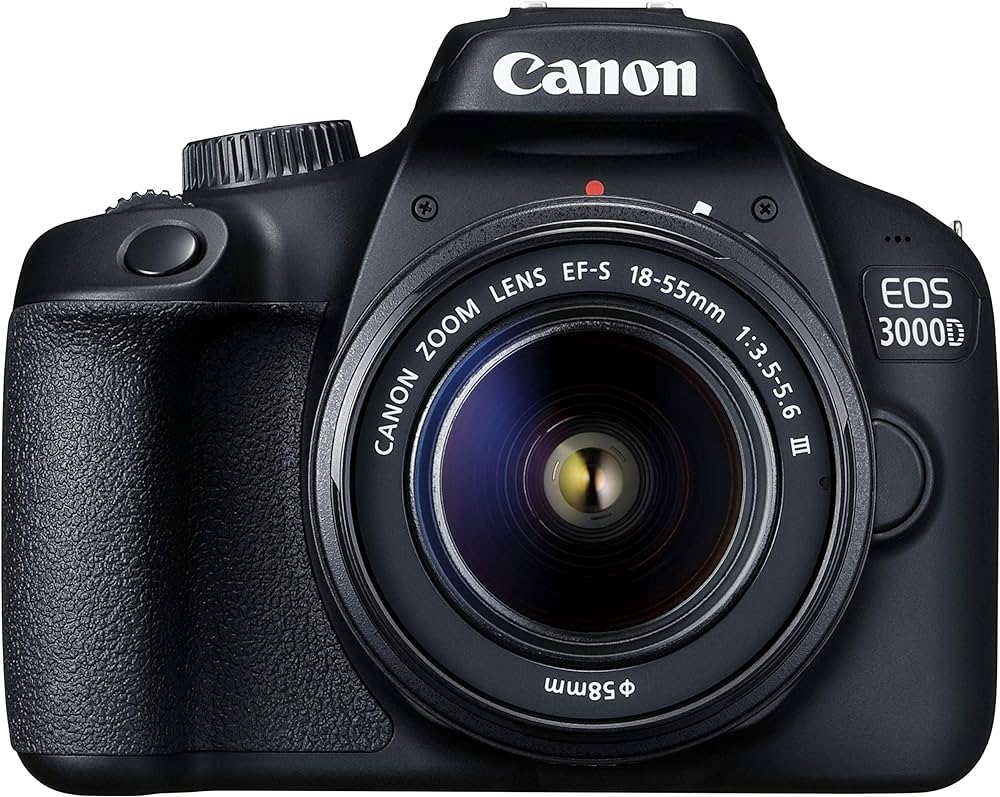Introduction
Digital Single-Lens Reflex (DSLR) cameras have redefined the way we capture the world. With their versatile features, high image quality, and adaptability, they remain a beloved choice for photographers of all levels. In this comprehensive guide, we’ll explore DSLR cameras in-depth, from their history to their modern-day advancements, to help you understand and appreciate these photographic marvels.
A Brief History of DSLR Cameras
The journey of DSLR cameras began in the late 1980s, with the introduction of the first digital camera prototypes. These early models were bulky and had limited image quality, but they laid the foundation for what would become the DSLR we know today. The critical turning point was the development of the digital image sensor, which replaced traditional film rolls. This technological leap led to the birth of the DSLR camera as we know it.
DSLR Technology Unveiled
The Mirror Mechanism: One of the defining features of a DSLR camera is its mirror mechanism. When you press the shutter button, the mirror flips up, allowing light to reach the image sensor. This mechanism is crucial for the optical viewfinder, which shows you exactly what the camera sees.
Interchangeable Lenses: DSLRs are known for their ability to switch lenses, offering endless possibilities for different photographic situations. From wide-angle to telephoto, macro to fish-eye, these cameras can accommodate it all.
Image Sensor: The quality of the image sensor plays a significant role in the image’s clarity and detail. DSLRs typically use larger sensors, such as APS-C or full-frame sensors, which result in better image quality, especially in low light conditions.
Manual Controls: DSLRs provide photographers with full control over settings like aperture, shutter speed, and ISO. This manual control allows for creative freedom and the ability to adapt to challenging shooting conditions.
Advantages of Using a DSLR Camera
Image Quality: DSLRs are renowned for their image quality. With their larger sensors and advanced image processing, they produce sharp, high-resolution photographs with vibrant colors and exceptional detail.
Low-Light Performance: Thanks to their larger sensors, DSLRs excel in low-light conditions. You can capture stunning images in dimly lit environments without excessive noise.
Speed and Responsiveness: DSLRs have fast autofocus systems and minimal shutter lag, making them ideal for capturing fast-moving subjects, such as sports and wildlife.
Interchangeable Lenses: The ability to swap lenses is a significant advantage. You can choose the perfect lens for your subject, whether it’s a wide-angle for landscapes, a macro lens for close-ups, or a telephoto lens for wildlife photography.
Tips for Maximizing Your DSLR Experience
Understand Your Camera: Take the time to read your camera’s manual and understand its settings. Knowing how to adjust aperture, shutter speed, and ISO will give you more control over your shots.
Invest in Good Lenses: While the camera body is essential, high-quality lenses can make a significant difference in your photography. Invest in a variety of lenses to expand your creative possibilities.
Learn Composition Techniques: Study composition rules like the rule of thirds, leading lines, and framing. Applying these principles can instantly elevate the quality of your photos.
Practice and Experiment: Photography is an art, and practice is key to improvement. Experiment with different settings, lighting conditions, and subjects to develop your skills.
DSLR vs. Mirrorless Cameras
In recent years, mirrorless cameras have gained popularity and have become a formidable competitor to DSLRs. They offer some advantages, such as being more compact and lighter, but DSLRs still hold their ground with their optical viewfinders and extensive lens libraries. Your choice between DSLR and mirrorless will depend on your specific needs and preferences.
Conclusion
DSLR cameras have a storied history and a bright future in the world of photography. With their advanced technology, superior image quality, and versatility, they remain an excellent choice for photographers. Whether you’re a budding enthusiast or a seasoned pro, a DSLR camera can be your trusted companion on your photographic journey. So, pick up your DSLR and start capturing moments that will last a lifetime.



